
Glioblastoma can be very difficult to treat and a cure is often not possible.

With integrated specialty pharmacies enabling health systems to improve patient outcomes and lower total medical costs, every hospital will need a solution to support the growing number of patients on outpatient specialty medications.

Clinical benefits were seen across subgroups, including patients with squamous and non-squamous lung cancer subtypes, and regardless of PD-L1 levels.

The sBLA is reinforced by results from a randomized phase 3 trial that investigated cemiplimab-rwlc in combination with a physician’s choice of platinum-doublet chemotherapy compared to platinum-doublet chemotherapy alone.

IMX-110 is a tissue-specific therapeutic designed to accumulate at intended therapeutic sites at 3 to 5 times the rate of conventional therapeutics.
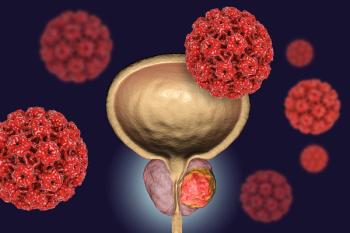
The phase 3 ARASENS trial is the only study prospectively designed to evaluate an androgen receptor inhibitor combined with docetaxel and androgen deprivation therapy in this patient population.

The FDA has approved zanubrutinib (Brukinsa, BeiGene) for the treatment of adults with Waldenström macroglobulinemia (WM).

The findings from the phase 3 KEYNOTE-091 trial mark the first positive study for pembrolizumab in adjuvant stage IB-IIIA non-small cell lung cancer.

Trastuzumab deruxtecan is a HER2-directed antibody drug conjugate being developed by both AstraZeneca and Daiichi Sankyo.

Tisotumab vedotin-tftv is used as antitumor therapy for patients with disease progression during or after chemotherapy.
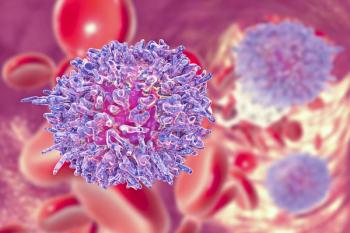
The observed increase in patient age at the time of relapse makes the findings even more impressive because longer survival is typically associated with younger age at the time of relapse.

C-CAR039 showed positive efficacy and safety data in patients with relapsed or refractory B-cell non-Hodgkin lymphoma.

Knocking down MAPK4 resulted in the cells’ increased sensitivity to PI3K inhibitors and reduced breast cancer growth.
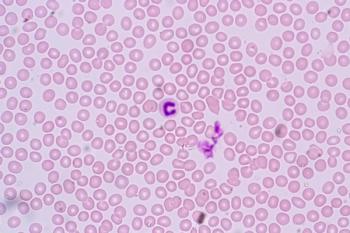
This high efficacy and low toxicity allow the combination treatment to provide a significant quality-of-life benefit to patients.
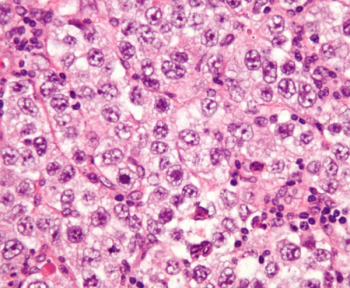
Germ cell tumors that occur in places other than the testicles and ovaries are very rare.

The FDA granted priority review to the combination of relatlimab and nivolumab in September 2021 based on the results of this study.
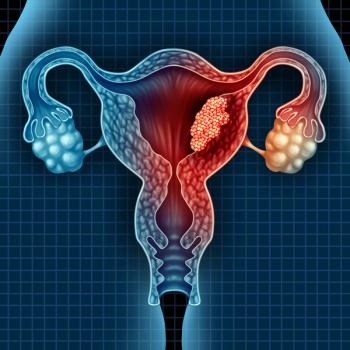
About 48% of individuals experienced a complete or partial response when treated with pembrolizumab, and about two-thirds also had a response that lasted more than 3 years.

Incorporating mental distress screenings during cancer care have been historically difficult, despite the fact that these patients tend to be vulnerable to mental health challenges.

Results of an analysis from the University of Eastern Finland show that supplementation for 5 years had no effect on total mortality or the incidence of these diseases in older individuals.

The recommendations include full immunization, including third doses and/or any approved boosters.

Proof-of-contest is inexpensive and quantifies specific antigens from a drop of blood within minutes.

Patients with EGFR exon 20 insertion mutation NSCLC account for approximately 1%-2% of NSCLC cases.

The submission is supported by data from MajesTEC-1, a multicenter clinical trial evaluating the safety and efficacy of teclistamab in adults with RRMM.

In the first quarter of 2022, Genprex expects to initiate its Acclaim-2 clinical trial to evaluate the treatment for individuals with histologically confirmed unresectable stage III or IV non–small cell lung cancer.

The metabolic protein SIRT3 reduces the pools of amino acids that cells use to make proteins and otherwise fuel their growth.

Telisotuzumab vedotin (Teliso-V, AbbVie) is an investigational antibody-drug conjugate that targets c-Met, a receptor tyrosine kinase that is overexpressed in tumors.

The Breakthrough Therapy Designation was granted based on data from the dose escalation portion of 2 expansion cohorts of a 3-cohort phase 1 study.

Results from a study conducted by the Institute for Health Metrics and Evaluation show that new cases jumped 26.3% over the same period.
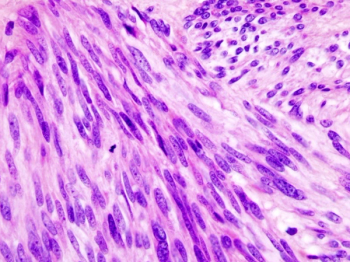
Small GISTs may cause no symptoms and may grow so slowly that they have no serious effects.

Anxiety disorders and depression were cited by more than 80% of oncologists as the types of mental health distress seen most often for patients.